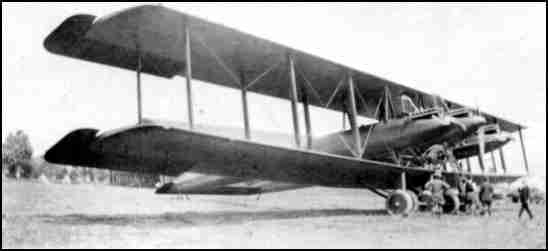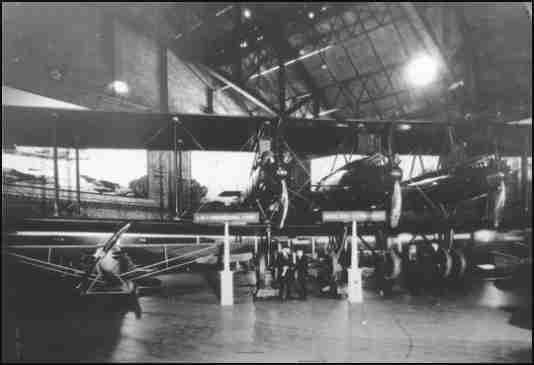
 |
|
text on back of photo by J. L. Cato, 1919 Courtesy of Phyllis Cato Ferguson |
 |
|
text on back of photo by J. L. Cato, 1919 Courtesy of Phyllis Cato Ferguson |
 |
|
L.W.F. Govt. Owl at Mitchel Field, Mineola, L.I. May 22, 1920 text on back of photo by J. L. Cato, 1920 Courtesy of Phyllis Cato Ferguson |
|
In June 1919 Mr. Cato was called back to LWF Company as an Aeronautical Mechanical Engineer to assist in some re-design work on the "Owl" mail plane that had crashed and to design a light sport plane. Pictures of these planes can be seen in the Aircraft Yearbook for 1920. This light plane was equipped with a special 60 HP Cato air-cooled engine. The LWF "Owl" was then the largest plane in the world and was used by the Army for two years for heavy bomb test work. by Major Leland Harp Courtesy of Phyllis Cato Ferguson |
|
In December 1916 he started to work for the L. W. F. Co. of College Point, Long Island, New York, as mechanic. He was with them seven years until they went out of business in 1923. In that time he had the opportunity to work on the first plane to fly with an eight cylinder Liberty motor. He flew as mechanic with Allen Adams, test pilot for L. W. F. Eng. Co. and was injured in the crash that took Adam's life. He also worked on and flew as mechanic on the L. W. F. Owl, built for the U. S. Government. The Owl was powered with three Liberty twelve cylinder motors. |
|
You will find a description of the Owl, with two great pictures, on the AeroFiles website by clicking on: |


|